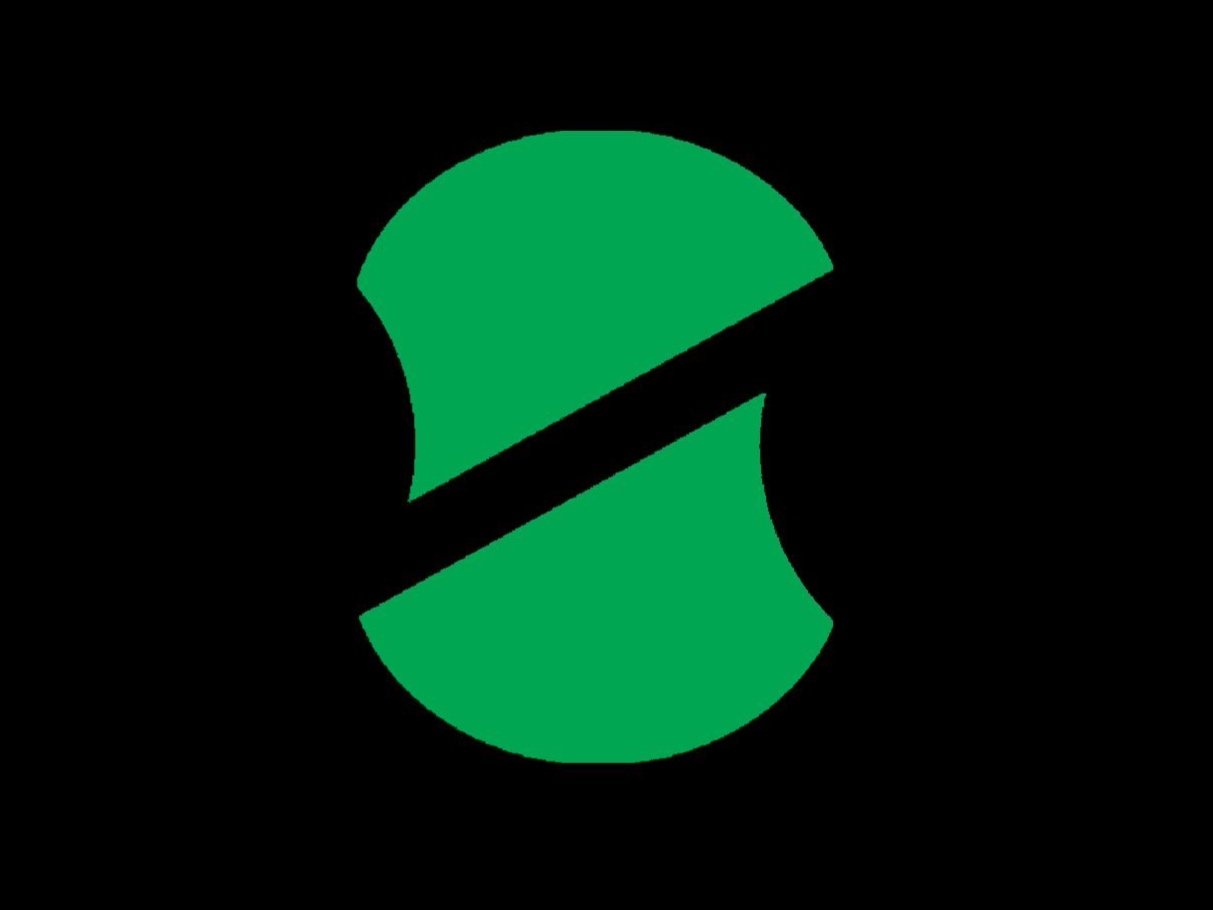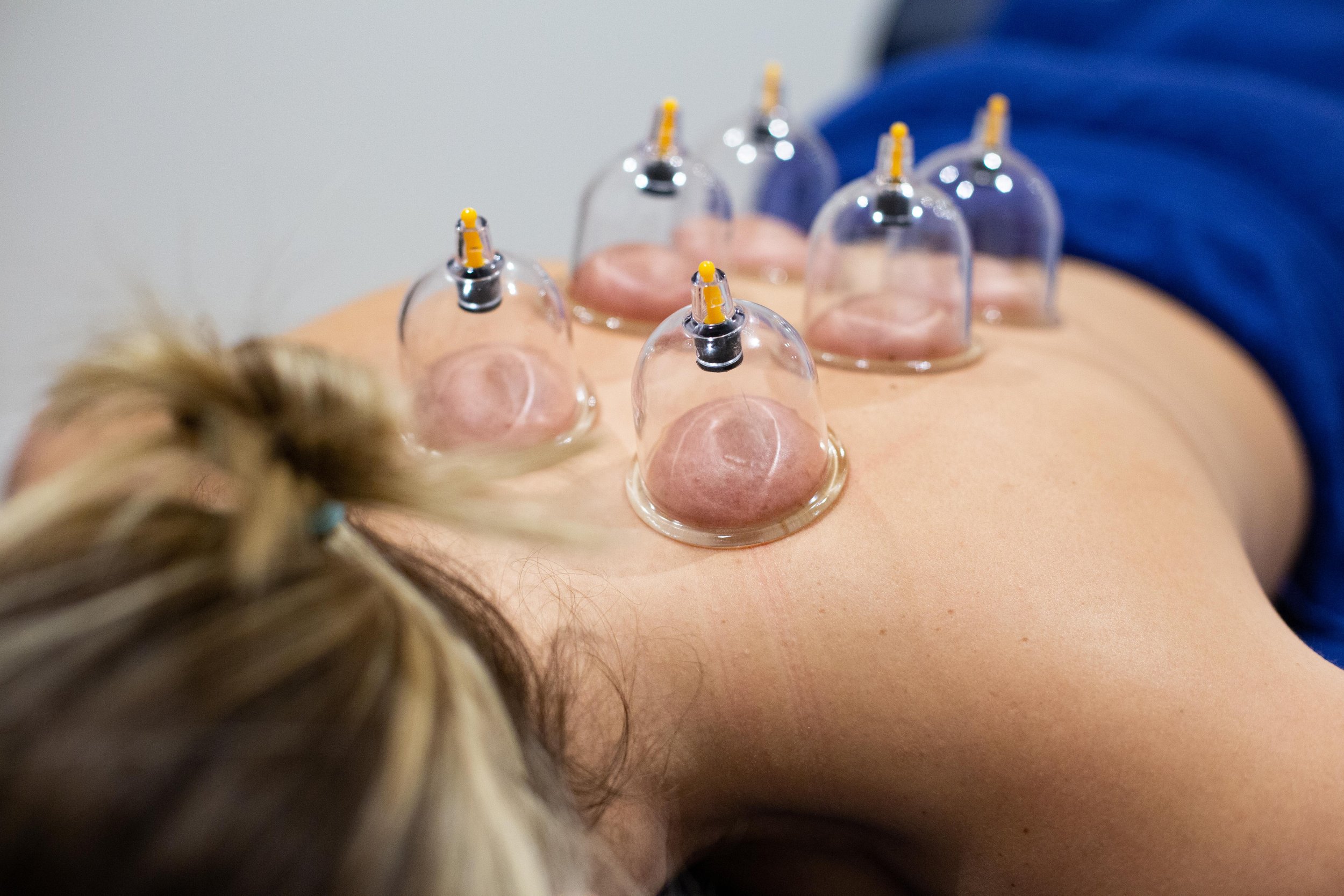What is Sports Therapy?
Sports Therapy is an aspect of healthcare that is specifically concerned with the prevention of injury and the rehabilitation of the patient back to optimum levels of functional, occupational and sports specific fitness, regardless of age and ability.
Whether you’re an elite athlete, someone who enjoys partaking in different sports and leisure activities or those with more sedentary lifestyles who choose not to exercise at all, Sports Therapy can help you. Here at Resolute Health we don’t believe in a “one size fits all” approach, we will tailor a treatment plan that is best suited for your needs.
Sports Massage
Sports massage is a form of massage involving the manipulation of soft tissue in a variety of techniques. It is designed to assist in correcting problems and imbalances in soft tissue that is caused by repetitive movements, strenuous activity and trauma. Using sports massage before or after exercise can enhance performance, aid recovery and help to prevent injury.
What are the benefits?
Sports massage has many benefits for and athlete, someone doing regular training as well as someone who sits at a desk all day.
- Eases muscle tension
- Aids recovery after events
- Helps to remove waste products and encourages the muscle to take up oxygen which helps speed recovery
- Improves flexibility, body strength and range of motion
- Reduces the chance of injury by getting rid of muscle tension
These are just a few of the benefits there are also many more.
Sports massage can provide that extra edge to competitive athletes by getting the body into shape faster and reducing recovery time after hard workouts.
Sports massage isn’t just aimed at high level athletes, but it is suitable for the everyday person too. If you’re running after kids all day, have a physically demanding job or sat at a desk all day, sports massage sessions could help you.
It isn’t designed to relax and pamper you; its purpose is to speed up recovery or to loosen tight tense muscles. So be prepared that you may feel a bit sore after treatment and plan to have an easier day to allow for the body to recover.
Dry Needling & Medical Acupuncture
The name ‘Dry Needling’ might sound a bit intimidating. However dry needling is safe, minimally discomforting and effective treatment method for clients with certain musculoskeletal issues. It is performed by a skilled therapist certified in the procedure.
A thin needle penetrates the skin to treat muscular trigger points for the management of neuromuscular pain and movement restrictions.
What is a trigger point I hear you ask? It is a local contracture or tight band in a muscle that can cause pain, restrict range of motion or disrupt function. When dry needling is used in a dysfunctional muscle or trigger point it can decrease pain, increase blood flow and loosen tightness. The therapist will use it as part of a treatment plan pairing it up with sports massage work to help increase the results.
It is important to note that dry needling and medical acupuncture isn’t the same as traditional Chinese acupuncture. The same needles are used but the method of applying the needles and reasoning behind it is completely different. Traditional acupuncture is based on eastern medicine while dry needling is western medicine based on scientific research.
Cupping Therapy
Cupping is a form of massage therapy which decompresses the soft tissue using a vacuum suction. The cup sucks to your skin and lifts underlying soft tissue into it. This creates a localised stretch to the area as well as promoting blood flow. The treatment isn’t painful but you can feel a pulling sensation where the soft tissue is being pulled into the cup, as well as a feeling of warmth in the area due to the increased blood flow. Almost anyone can benefit from cupping therapy as it is used to treat a variety of issues. Problems such as tight muscles, lack of mobility, headaches, release trigger point to name a few.
Some of the benefits to cupping therapy are:
- Reduce painful trigger points
- Improve circulation and lymph circulation
- Relieve pain
- Promote mobility
- Release scar tissue
It is important to note that cupping therapy will leave you with circular ‘bruising’ where the cups were placed. These tend to be painless and will fade around 7-10 days later.
Ultrasound Therapy
Ultrasound therapy uses sound waves generated by a transducer head to penetrate soft tissues. The transmission of these sound waves causes microscopic vibrations deep in tissue molecules which increases heat and friction. The warming effect encourages healing in soft tissues by increasing metabolism at the cellular level. The increased heat and friction will allow the muscle to recover faster after an injury and reduce pain levels.
It is a completely painless treatment where the therapist uses an ultrasound machine which is circulated against the skin using a conductor gel. The sensation you will get is a cold feeling of the gel and the metal head of the device rubbing across the skin surface. Ultrasound therapy will be used in conjunction with other type of treatment to get the best result for the client.
Taping & Strapping
Taping has been proven to aid recovery after injury as well as support you when returning back to activity. There is also a psychological benefit to using tape. Taping specific parts of the body can lead to a psychological stimulus by encouraging the wearer to perform movements in a certain way and give them the support that getting back to activity is ok with the injured area taped. Pain can also be reduced by sensory bombardment, meaning the body is distracted from the pain by stimulation in that area caused by the tape.
With this in mind we offer a variety of different taping options and applications at Resolute Health. We have strong inelastic tape which is used to immobilise joints, provide support and help to reduce swelling. Flexible stretchy tape will allow the wearer to keep their full range of motion whilst in use. Other tapes like Kinesiology tape works by lifting the skin to create more space between the skin and the muscle allowing more blood flow and space for the muscle to go about its work.






